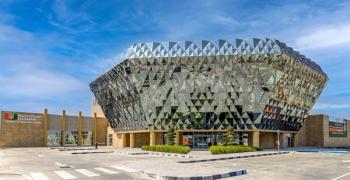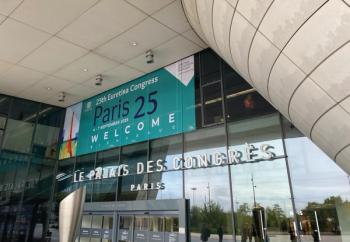
Anti-VEGF use in infants
Numerous trials assessing the efficacy and safety of anti-VEGFs in adults exist, however, the clinical evidence and basic science research of anti-VEGF use in infants is lacking, according to Dr Drenser. Here, she discusses what is required from future studies to justify the use of anti-VEGFs in young patients.
Excessive VEGF expression has been identified as a causative modulator in diseases beyond these tested in rigorous clinical trials, leading to the successful and safe use of off-label anti-VEGF use to treat neovascular glaucoma, radiation retinopathy, idiopathic, infectious and myopic choroidal neovascular membranes, to name a few. It is appropriate for doctors to individualize care and use drugs off-label when the science and safety support the choice.
Paediatric treatment
Block-ROP was a phase 1 trial designed to evaluate safety only. The trial was discontinued due to lack of enrolment (only 3 infants at 11 centres failed laser treatment) at 1 year.
BEAT-ROP looked efficacy and the report looked favourable. However, further review demonstrated that the laser treatment arm had an unusually high failure rate compared to published norms (such as the Early Treatment-ROP study).
Evidence and research lacking
Not only does a lack of clinical evidence exist for anti-VEGF use in infants, but also basic science research. Bench research has confirmed the safety of use of anti-VEGF therapies in a mature developed retina, with no adverse effects on vascular beds or neurons.3–5 However, these same studies show that VEGF blockade in developing and injured retina has adverse effects.
VEGF is necessary for the development of both vascular and neuronal development, as coined by the neurovascular unit. In the neurosciences there is growing concern that VEGF blockade in developing retina, such as that seen in premature infants, may lead to attenuation of neurogenesis. Many clinical reports suggest that the premature infant has decreased visual function, even in the absence of ROP, and relative retinal atrophy if ROP is present.6–8 Further loss of neurons in an anti-VEGF era may have unintended consequences despite doctors' best intentions.
Until recently, bench top research has not been able to adequately address these concerns. The two main agents in anti-VEGF therapy have been biologic agents (humanized antibodies), which exhibit poor to no cross-species efficacy, making cross-species comparisons tenable at best. The more recently developed aflibercept (a decoy receptor fusion protein) is not species dependent and allows for the use of animal studies to investigate the effect of anti-VEGF therapy in the developing or injured retina.
Newsletter
Get the essential updates shaping the future of pharma manufacturing and compliance—subscribe today to Pharmaceutical Technology and never miss a breakthrough.















































